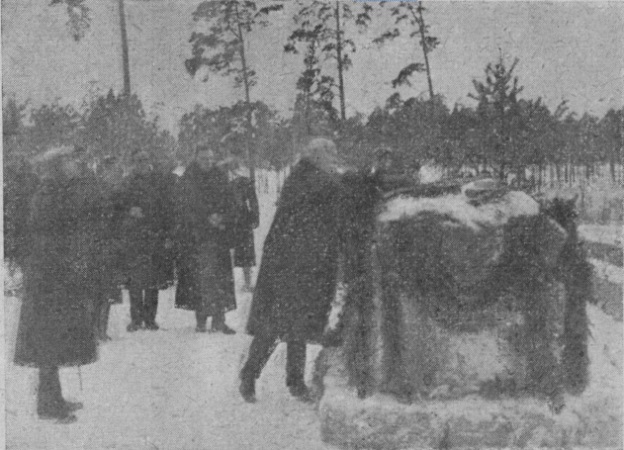Movements and Monuments

- This event has passed.
“Sacred Fires” in Latvian War Commemoration, 1924-1940: A Case Study for a Global History of Eternal Flames
24 October @ 8:30 am - 10:15 am EDT
Paper presented at the ASEEES Virtual Convention panel “Monuments, Memory, and Meaning: Contested Heritage in Political Transitions”
This paper explores the historical significance of sacred fires (svētās uguns) in Latvian war commemoration in the interwar period, positioning them within a broader global history of eternal flames. Tracing fire symbolism in Latvian culture and its connection to visions of national identity, the study examines the emergence of sacred flames at the Brothers’ Cemetery in Riga and other sites of war commemoration across Latvia. It analyzes their evolution from temporary commemorative fires to state-endorsed symbols of patriotism, unity, and sacrifice, and discusses debates on the technology to be used to keep fires burning and monuments illuminated. The paper also investigates shifts in meaning under Soviet rule and post-1991 Latvia, demonstrating how fire rituals reflect changing political and ideological landscapes. The study primarily draws on newspapers published in Latva in Latvian, German, and Russian.
